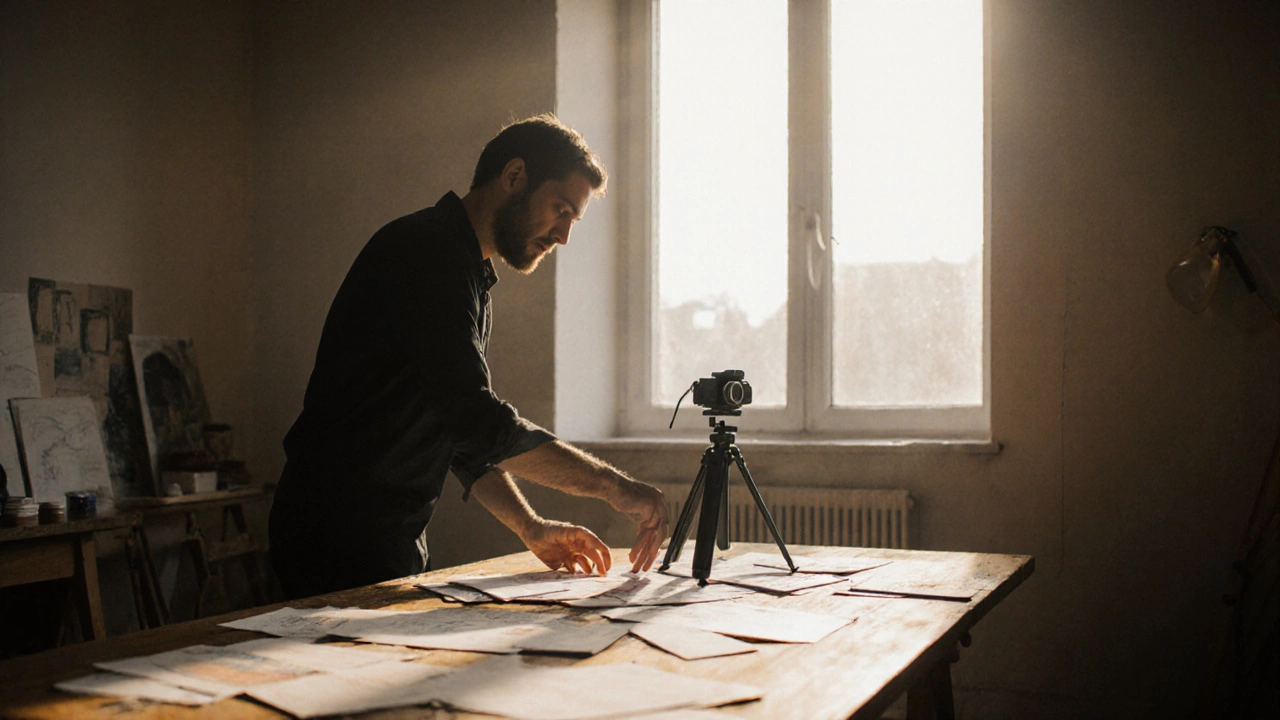Fine Art Photography Characteristics
When exploring Fine Art Photography, photographs created primarily as visual art rather than documentation, often displayed in galleries and sold as limited editions. Also known as art photography, it blends technical skill with personal vision. This form of photography goes beyond snapping a moment; it asks the viewer to feel, think, or question. The key traits include intentional composition, controlled lighting, and a clear artistic concept that guides every creative decision.
Another influential style is Conceptual Photography, a genre where the idea behind the image takes priority over aesthetic appeal. Conceptual Photography often shapes fine art projects by providing a narrative backbone. When a photographer embeds a strong concept, the resulting work usually commands more attention in galleries and among collectors.
Key Characteristics to Look For
The first characteristic is purposeful composition. Instead of random framing, fine art photographers arrange lines, shapes, and colors to lead the eye toward the intended focal point. This is similar to how Pictorialism, an early 20th‑century movement that treated photographs like paintings used soft focus and tonal manipulation to create mood. Both approaches value the visual story over pure realism.
Second, lighting control plays a decisive role. Whether using natural sunlight, studio strobes, or chiaroscuro techniques, the photographer shapes shadows and highlights to reinforce the narrative. Precise lighting also directly affects the final Photographic Print, the physical manifestation of a digital or film image, often produced in limited editions. High‑quality prints preserve tonal range, ensuring the artwork looks as intended on gallery walls.
Third, the artistic intent must be evident. A fine art photograph often answers a question: What emotion or idea does the artist want the viewer to experience? This intent ties back to the concept, making the work more than a pretty picture—it becomes a conversation piece.
Finally, editioning and presentation round out the characteristics. Limited editions, signed prints, and carefully chosen substrates (like archival paper or canvas) add rarity and value. Collectors look for these details because they signal authenticity and a commitment to preserving the artist’s vision.
All these traits—purposeful composition, controlled lighting, clear artistic intent, and thoughtful print production—interact to define fine art photography. Below you’ll find a curated selection of articles that dig deeper into each aspect, from pricing strategies for limited editions to the latest trends shaping the medium today.
